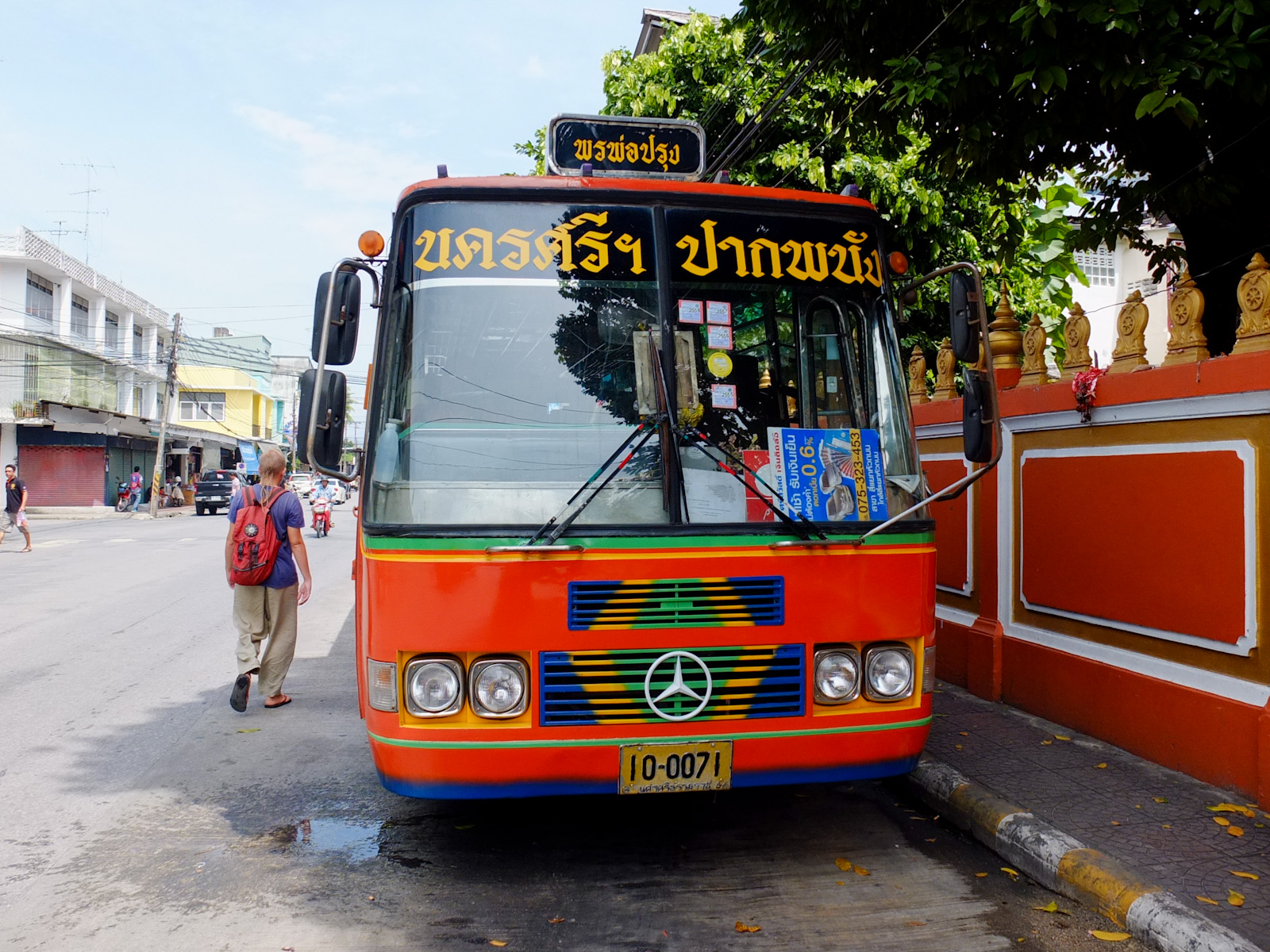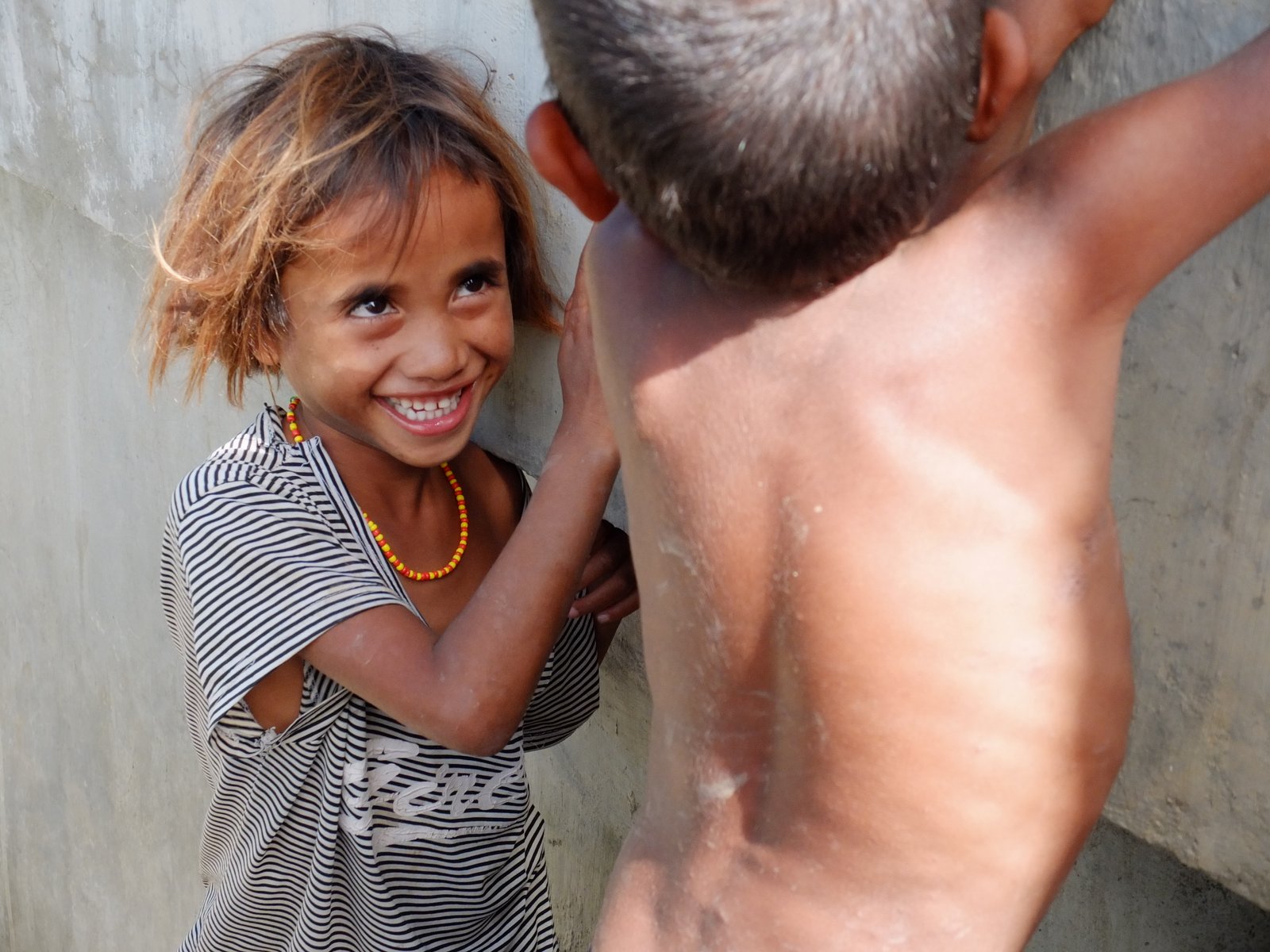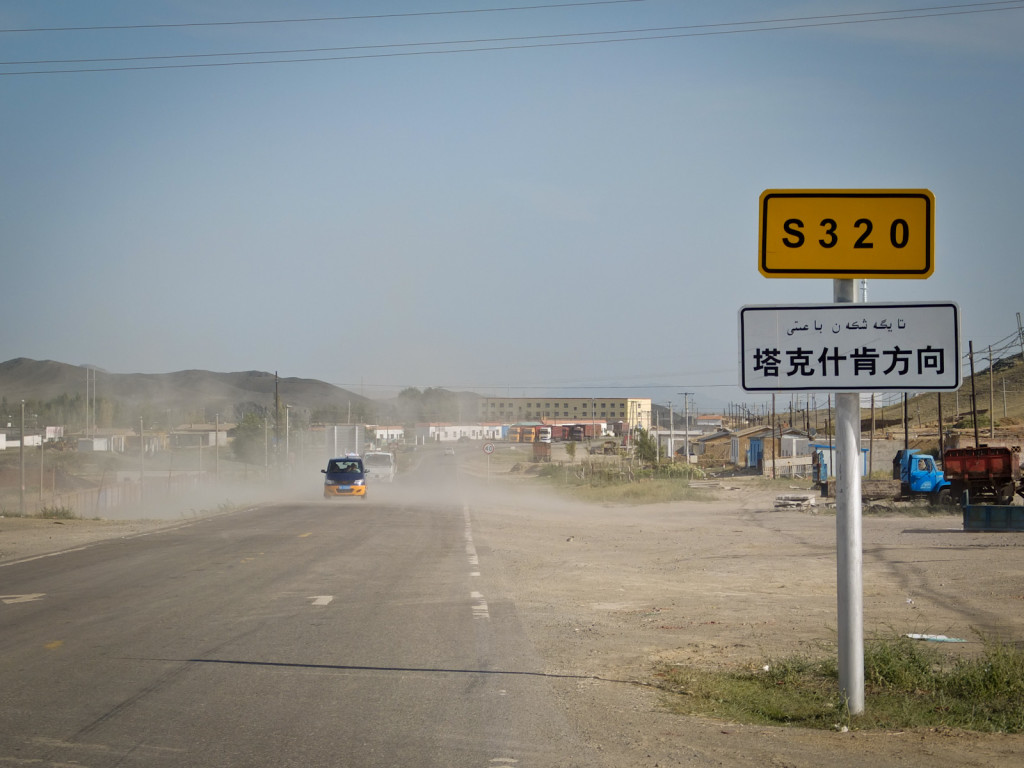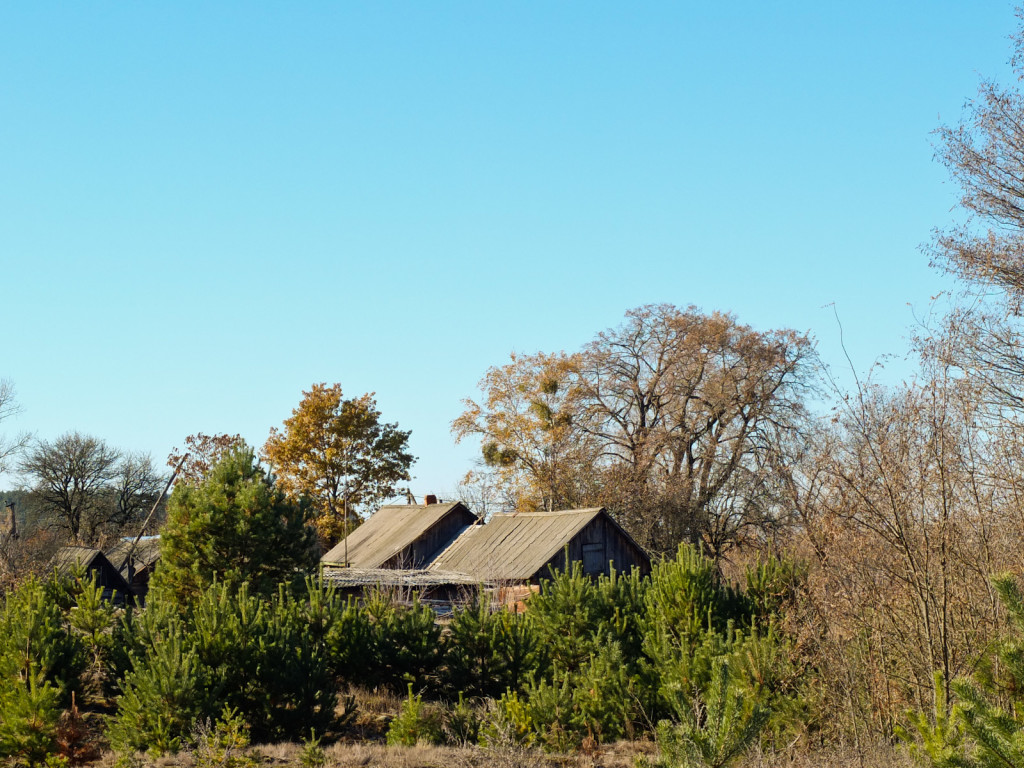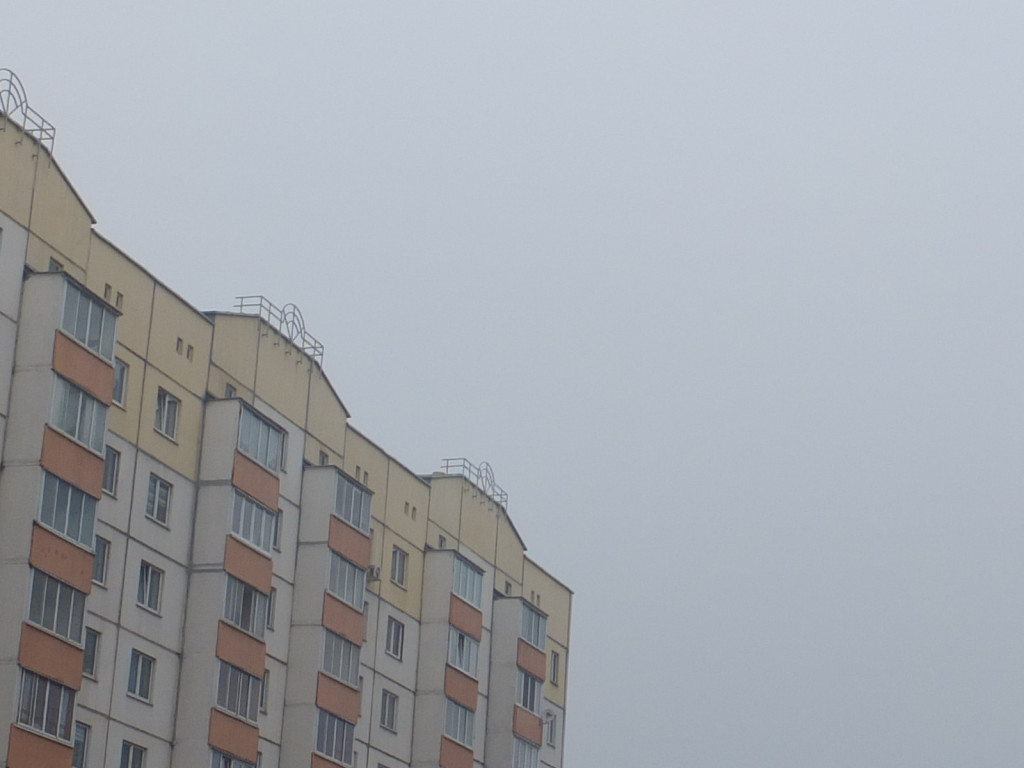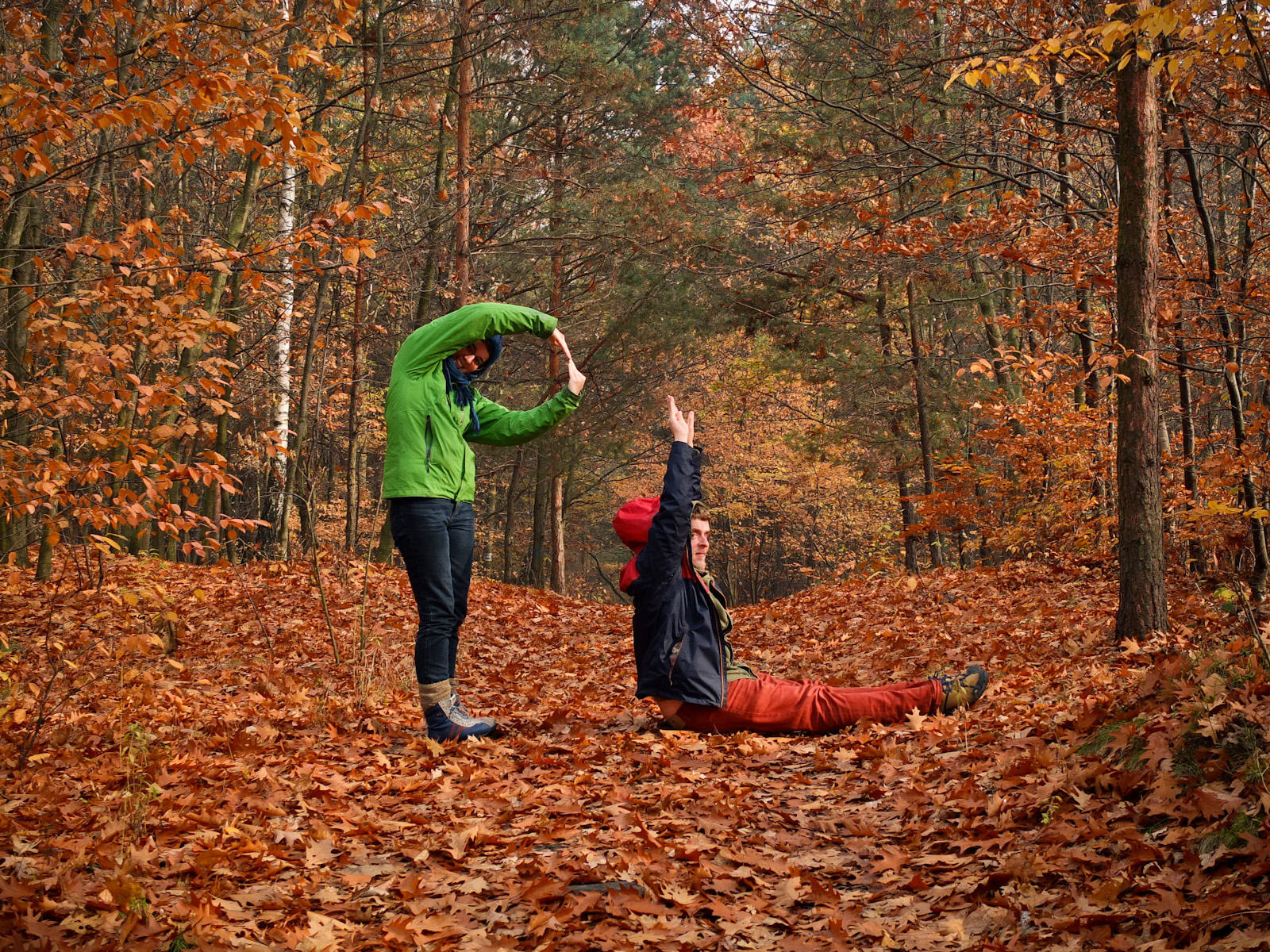
Tag: art
Mongolian Naadam festivities
The sun is getting lower in the sky. We’re standing on the roadside in a dry, treeless landscape, a wide valley bordered by rugged, rocky mountains. It looks like the snippets of footage from Afghanistan that I’ve seen on the news. The earth-brick houses are squares with flat roofs. The road signs are in Arabic. But this isn’t the middle east. We’re in almost the most north-western corner of China, a region predominantly inhabited by Kazakh people, heading for the western border crossing into Mongolia.
May Ling is waiting with us. We have already walked a few kilometres together, along the dusty road, before we managed to flag down a passing car – a rarity out here. She knows a handful of English words and we a pinch of Mandarin, so there is some understanding between us. May Ling is patient and seems committed to helping us, but she is understandably eager to get into town. We have established that she’s come out here for work, but that there is no hotel in town. Anyway, next town is the border town, 30km further down the road, we’d rather sleep there so we can cross in the morning. The wind is blowing so strongly that we stand sideways, angled against it. The sight of a car on the distant rise brings us hope – maybe this one? But so far we have only been disappointed at the sight of indicators flashing towards town. Reaching the border by tonight is beginning to look unlikely… And that wind is feeling cold. Continue Reading →
Red October
What was the name of this village before the revolution? “There was no village here before the revolution, it was a river here,” says Kirill (36), whose family are the only permanent dwellers of Чырвоны Кастрычник (Chyrvony Kastrychnik, Red October in Belarussian), “In the early years of the Soviet Union, they straightened up the Dnieper River for navigation. People from an overpopulated village nearby moved here then.” The whole region of Polesia, full of swamps and flooding rivers, has long been ignored by history. Local folks spoke their own language that had no name, they were calling it “our speech”. Even in the interwar period of 1918-1939, many dwellers of Polesia were not seeing themselves as belonging to any nation – asked who they were, they would answer “we’re from here.” They lived the same way for hundreds of years, growing and collecting food in the summer and in the winter making clothes and other commodities. “Every day of the year had its scheduled tasks, they always knew what to do,” says Kirill, “The oldest people remember it as a very happy time, with almost unlimited freedom.” Everything got changed in the time of the Soviet Union, that is after World War II in the west of Polesia and here – after the October Revolution, the Red October.
Unexpected art of Minsk
For the last 10 days we’ve been in Minsk, Belarus. Being here reminds me of how Poland was early in the ’90s, when the plastic, colourful world of empty satisfaction from buying stuff you don’t need hadn’t yet replaced the grim, grey world of pissed-off, grumpy people drowning in mud, being so frustrated with lack of opportunities. For most of the time, the weather here has been more grey than you can imagine, with low hanging clouds, freezing drizzle, dense fog… in such weather, you have to keep the lights on inside your house even though the daylight still lasts 10 hours. People here don’t have perspectives either. They need to work very hard for really little money and grim, concrete-paneled communist blocks are still being built and partly covered with pale pink or green paint. If you ask someone a question and don’t articulate your words clearly enough, the reaction more often than not, will be What?! And, stuck deep in this kind of environment, which only lurks, waiting to bring up the worst moods from the gloomiest parts of your psyche, we discovered some amazing art. But first, look at a couple of pictures to get the atmosphere.
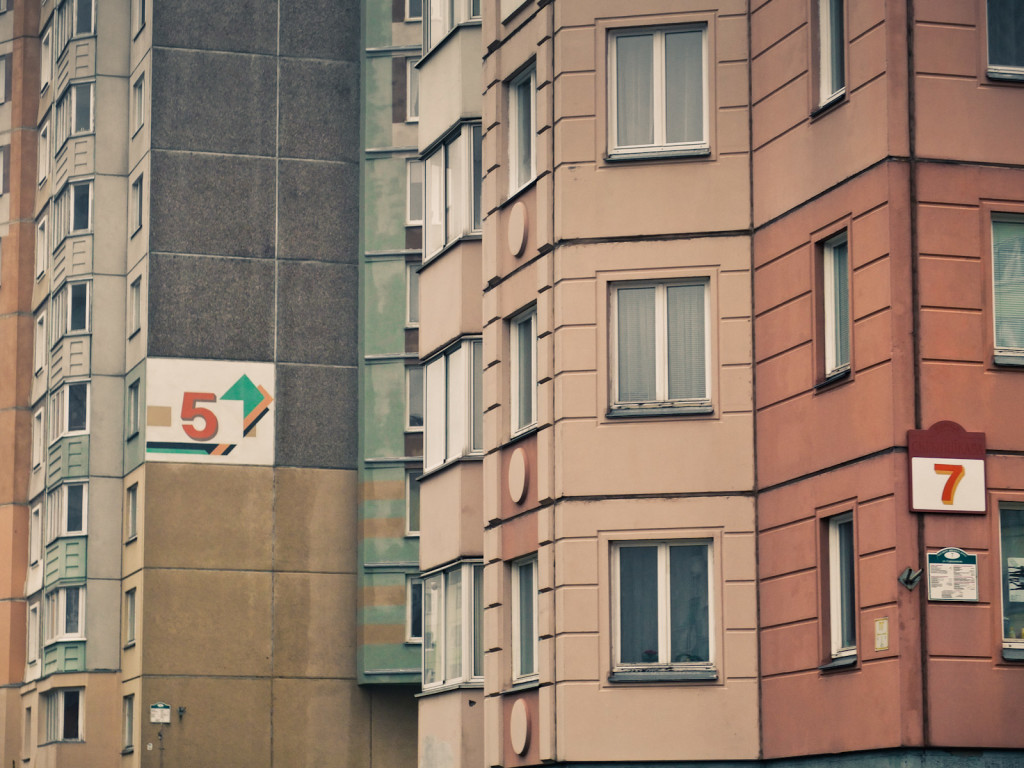 Continue Reading →
Continue Reading →
Trolley bus: outsider in Belarus
Minsk. “How is Belarus different from Australia?” they asked me at the weekly couchsurfing meet up. There were 40 or so people at the event. 5 were foreigners. I feel like a celebrity. They want me to tell them about the rest of the world. What is it like out there? They want to know about my work history. My salary. Our retirement age. My opinion on the refugee crisis. “How is Belarus different from Australia?” Can I think of one way in which they are the same?
Summing up Indonesia – part 2
Our second month in Indonesia was completely different. We left behind the isolated communities living slow-paced lives on the beaches and in the mountains of the distant east, barely touched by the global world and its brutal economies (if you missed that part of our travel, click here). Now we were getting to the core, to the heart of the country alike the Roman Empire bonding vast lands and most diverse cultures – and I imagine going from borderlands on the shores of Black Sea to Rome in the year 100 A.D. would look similar. We got close to the place most Indonesians from the East will never afford to travel to, but if they have electricity they often see it on the TV full of whitened faces and straightened hair – Java.
But let’s start from the beginning.
Conscious projects in Timor-Leste
During our visit we met a bunch of passionate people with exciting ideas to help shape the future of Timor-Leste. While you’ll find plenty of foreign aid workers in this new country, surely the Timor of tomorrow is best shaped by those who know it best: Timorese people. Here is a brief look at just some of the cool projects we discovered:
– Arte Moris: walking in off the dusty streets of Dili into the Arte Moris gardens is like arriving in the Berlin underground art scene… In a tropical jungle?! Amazing sculptures made almost entirely of collected rubbish. Litter is everywhere in Timor-Leste, with waterways often looking more like rubbish tips. There is no waste system in place and at best it’ll be burned (which of course isn’t good at all!). So to find people using this rubbish as the raw material to make something beautiful is really exciting. The team of artists who live and work at Atre Moris (the vibe is totally ‘artists squat’), run workshops to encourage local youth in creative expression, interwoven with themes surrounding the environment. Inside we caught an exhibition of two local artists, giving insight into daily life in Dili. Other works combine traditional handicrafts into modern works.
Aussies
More than anything else, Aussies (as Australians call themselves) are an incredibly nice and relaxed nation. In Aussie English the one and only popular answer to sorry, thank you, please, and practically anything else is, the ultimate Australian expression – no worries. And they indeed do not have much to worry about.
Thriving economy, reasonable social welfare, pleasant weather (in most inhabited areas) and a relatively peaceful multiculturality ensure that most Australians can just focus on enjoying their lives.
The story so far…
Setting Forth
[BMo_scrollGallery id=4 sG_thumbPosition=none sG_images=1 duration=slow gallery_width=600 gallery_height=400 thumbs_width=100 thumbs_height=100 sG_caption=1 sG_start=1 sG_loop=1 sG_loopThumbs=1 sG_clickable=1 sG_opacity=40 sG_area=200 sG_scrollSpeed=2 sG_autoScroll=0 sG_aS_stopOnOver=1 sG_diashowDelay=0 sG_followImages=1 sG_responsive=1 ]
Wendy set off for Sydney in a camper van relocation, giving Jurek the time he needed to tie up the loose ends of his Melbourne existence. After a 14 hour bus journey, the two reunited in Sydney Continue Reading →

